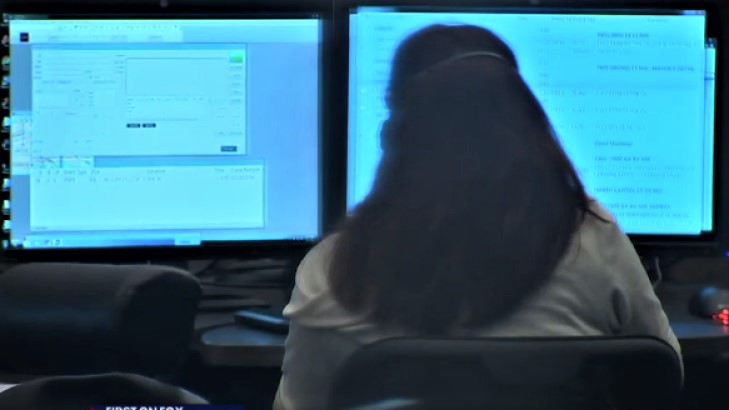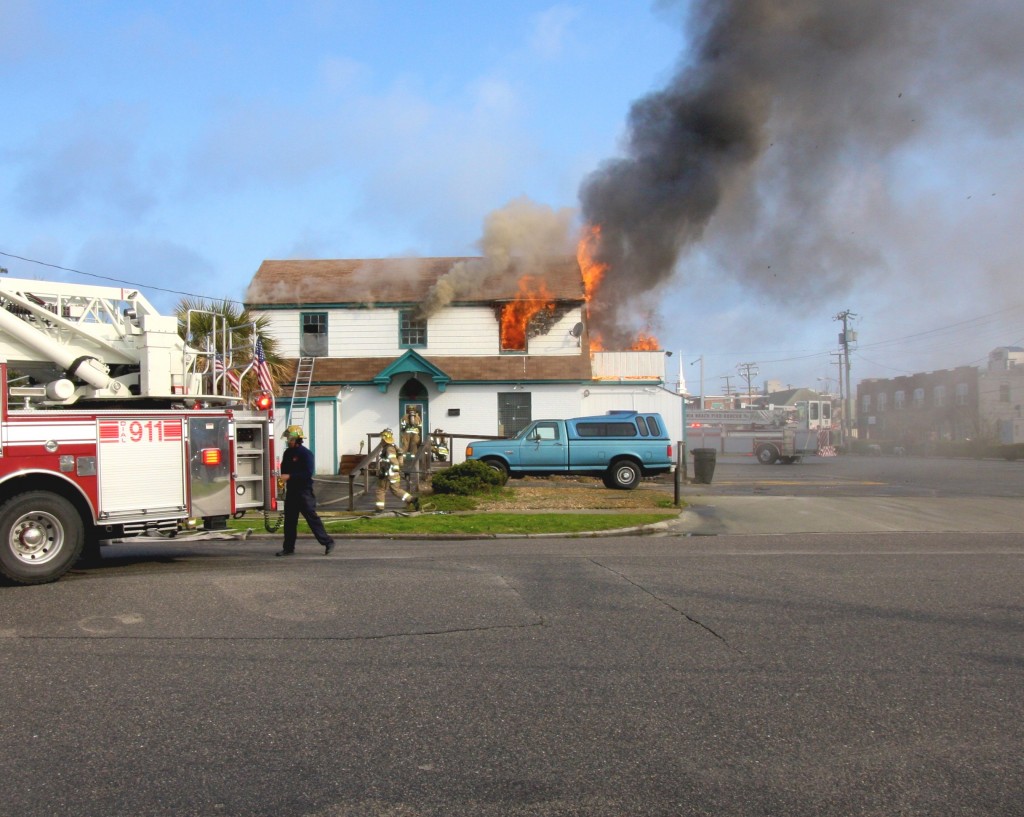NEW: DC 911 boss talks about 11-minute delay getting address for deadly shooting
Cleo Subido confirms STATter911 story and says emphasis is on getting call-takers to use location technology to help verify every call

Looking for a quality used fire truck? Selling one? Visit our sponsor Command Fire Apparatus
Previously: DC 911 had right address for dying teen at its fingertips but ignored it
DC 911’s interim director confirmed there was an 11-minute delay before a call-taker was able to get the correct address for a deadly shooting. In an interview yesterday (Tuesday) with STATter911, Cleo Subido also verified the call-taker failed to use an automated data platform that immediately identified the correct location. But Subido believes the problem is not with that specific 911 worker. Instead, she maintains that the agency has been slow in adopting and routinely using this newer technology. Subido says that’s about to change.
As STATter911 first reported, DC Fire & EMS along with DC Police were dispatched to three other addresses before being told the correct location for the shooting — 4443 E Street SE. The call-taker was dealing with an extremely distraught caller who kept saying the address was 443 E Street SE, about four miles away. What could have immediately helped the call-taker was the RapidSOS screen which uses the caller’s smartphone data to identify the location. The call-taker closed that screen without using its information. A second screen that was apparently ignored also had a map showing that the address given by the caller was far away from the location shown by RapidSOS. If used, it could have prompted the call-taker to reconcile the two different locations much earlier.
In our interview Subido explained why those screens were bypassed or ignored:
Subido talked about the various things the call-taker was dealing with simultaneously:
Seven hours before the E Street shooting, Subido was at a DC Council oversight hearing where she explained why many on her staff were biased against using RapidSOS. Subido hopes with better training call-takers will have the skills to use RapidSOS as a verification tool on every call. She wants its use to become second nature:
Part of the problem for call-takers, according to Subido, is that it was easy for RapidSOS to get lost behind other applications on a computer screen. She says OUC will soon install separate screens and deliver new training:
As part of quality assurance, Subido said OUC will begin test calls to see how call-takers are using RapidSOS:
While Subido says she believes in accountability she also doesn’t want fear to rule at DC 911:
During our discussion, Subido talked about some of the other challenges at the 911 center. We will explore those tomorrow.






